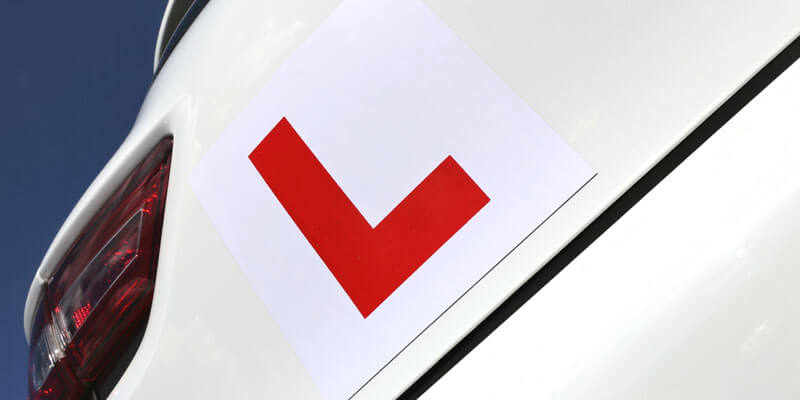As we continue this series of support guides and tips for new drivers, we’re going to cover stopping the car safely and effectively after moving off. During this post, you’ll understand how to stop the car safely and to a standard that will be accepted on your driving test.
Before you get behind the wheel, its important for you to understand your objectives for the lesson and know exactly what it is that you’re aiming to achieve.
As you look to stop the car, you should be able to identify a safe area on the side of the road to stop the vehicle. You should be using the MSPSL routine (Mirror, Signal, Position, Speed and Look).
As you look to bring the car to a stop, you should think how your actions will impact other road users, if you’re actions will cause someone else to change their road position, then unfortunately, you’re doing something wrong.
Making sure the area you select is safe to stop in:
There are so many places that you could choose to stop the car, but not all of them are safe and if you select an unsafe area in your driving test, you might fail.
If you’re new to driving lessons, your driving instructor will provide you with a briefing and explain exactly what a safe stopping area looks like.
Here are a few examples of unsafe areas to stop in:
- Clearways or “Keep Clear” road markings
- Hazard lines
- Double yellow lines
- Parking or stopping less than 10 metres from a junction
- Parking opposite a junction
- Blocking driveways
- Stopping or parking on bends
Make sure that you understand the MSPSL routine:
Now that you understand what a safe and unsafe area to stop looks like, its important that you put the MSPSL routine into practice. This stands for Mirror, Signal, Position, Speed and Look and was designed to help prepare pupils for upcoming junctions, roundabouts and stoppages.
It helps to diagnose the situation as you approach it, allowing the student to make a better judgement call when behind the wheel. You should like to apply the MSPSL routine whenever you’re looking for an area to pull up or stop.
Now we’re going to go through the routine in detail so you know exactly what to do:
Mirror:
As you prepare to stop, remember to check the interior mirror and left door mirror. These will provide you with the best view of what’s behind you as you are starting to slow down the vehicle.
You should always check your mirrors when you are changing speed or direction. If there is a lot of traffic behind you, would a signal benefit the other road users?
Signal:
If you do decide that a signal would be beneficial to the others on the road, make sure that you remember to put your signal on in good time. However, make sure that you don’t start signalling too soon. If you place your signal on as you approach a left turn before your bend, other users may assume your taking that turn.
Position:
In 9/10 driving lessons, your driving instructor will give you a focal point to help you understand the position of the car. This is a basic exercise, but one that works well and continues to help those on their driving instructor training.
Your new focal point will also help you understand and judge the kerbs a lot easier. Alternatively, you could make sure that you glance in your mirrors regularly to judge the required distance to the kerb.
Speed:
When you have the car in position you’ll need to start bringing to a stop by gently applying the brake. Don’t be tempted to push down hard on the brakes as you may surprise other motorists and could potentially cause an accident.
As the car starts to come to a stop, you will need to push the clutch down fully to prevent it from juddering and stalling the engine. As the car comes to a halt, start to release the brake gently and then reapply it to prevent it from pushing everyone forwards.
When the car has come to a complete stop, you’ll need to apply the handbrake and place the car in neutral before cancelling any signals and resting your feet.
Look:
The final step of the MSPSL routine is looking and it refers to your all round observing abilities when driving. Left turns usually involve checking your left door mirror and blind spots to ensure that there are no pedestrians or cyclists in your path.
You should practice this regularly so it becomes second nature to you.
All of the intensive driving lessons in Milton Keynes that we provide include instructors that teach the MSPSL routine. This has proven to help new drivers become more comfortable on the road and make better judgement calls.

